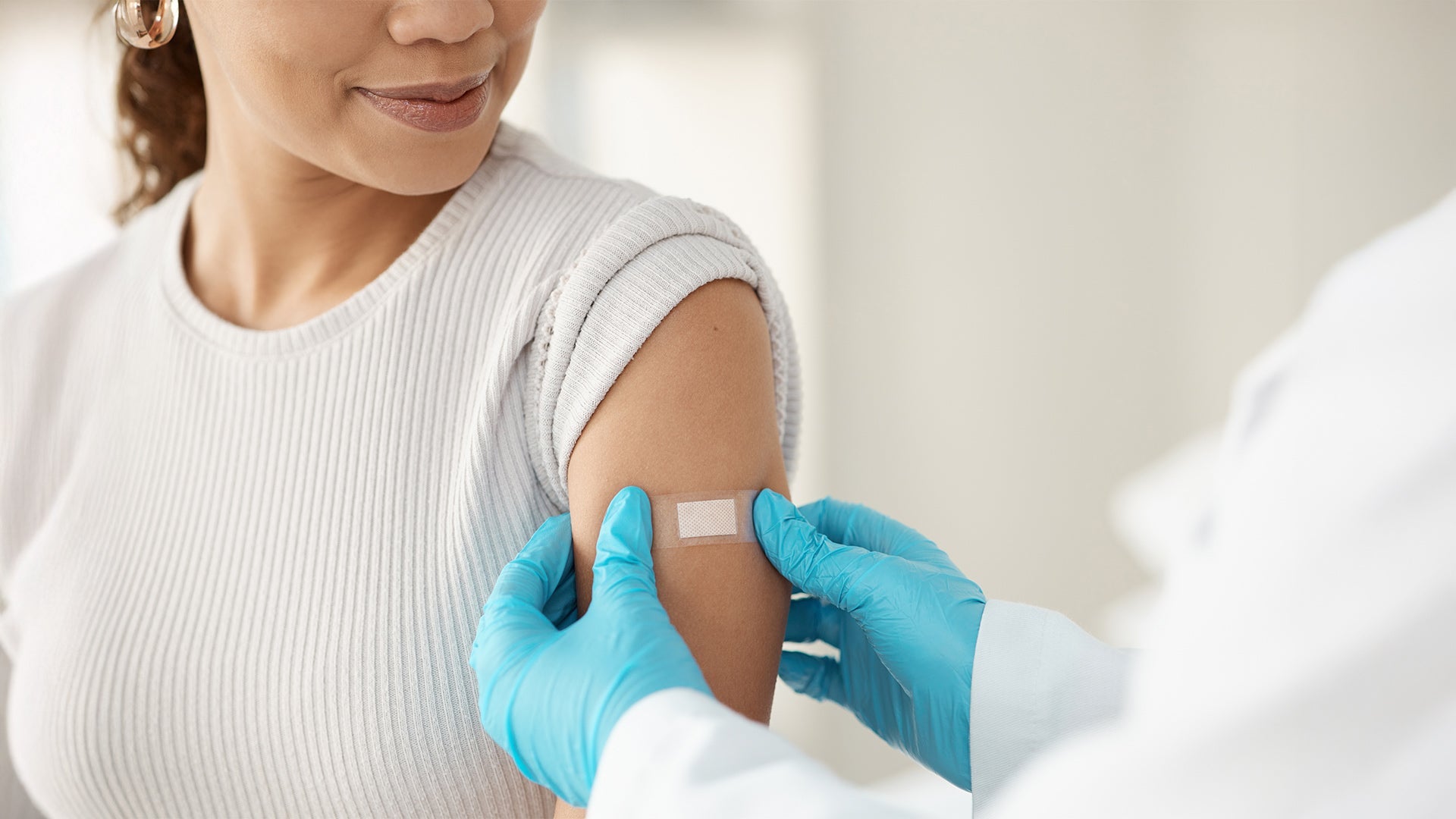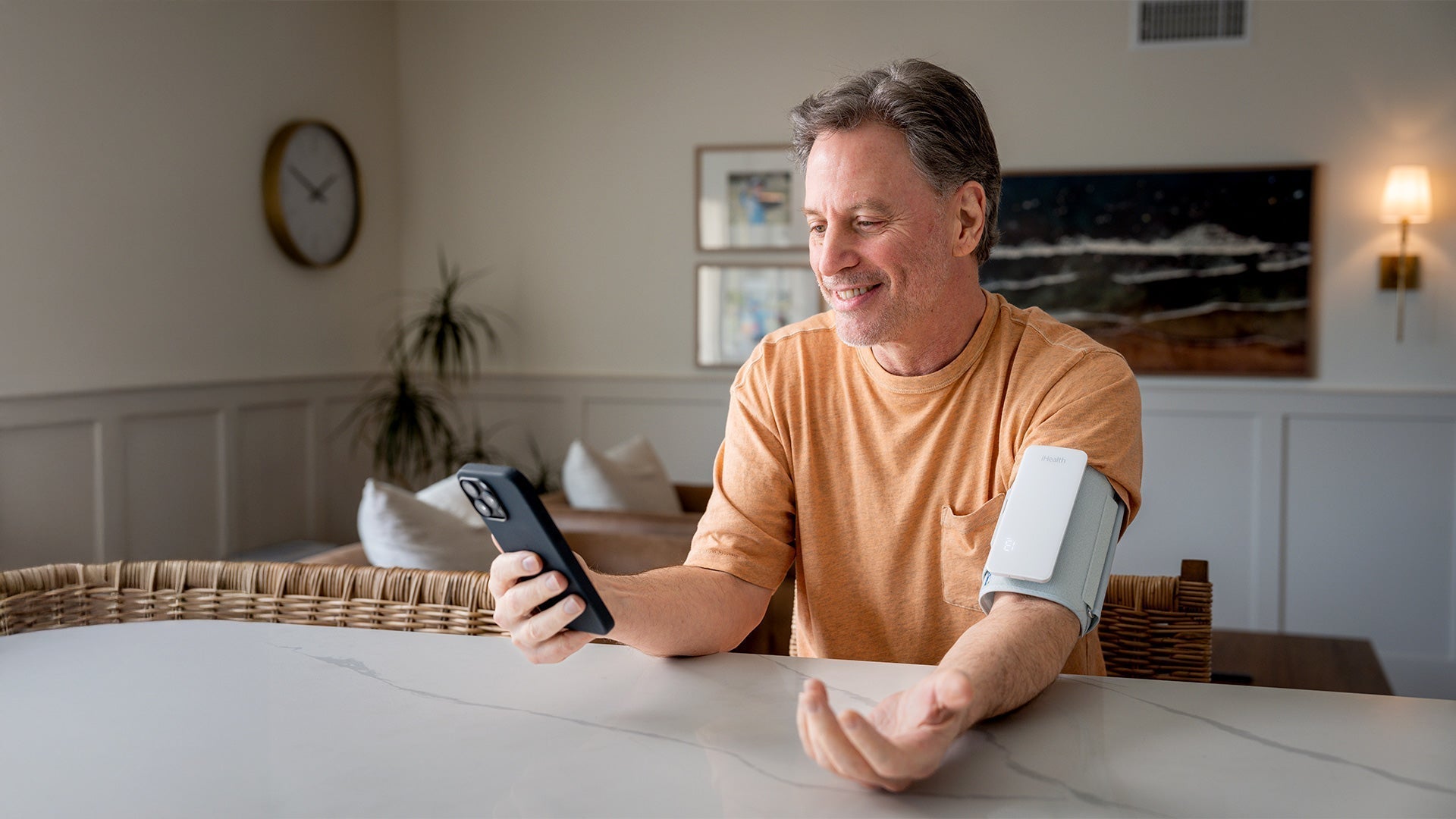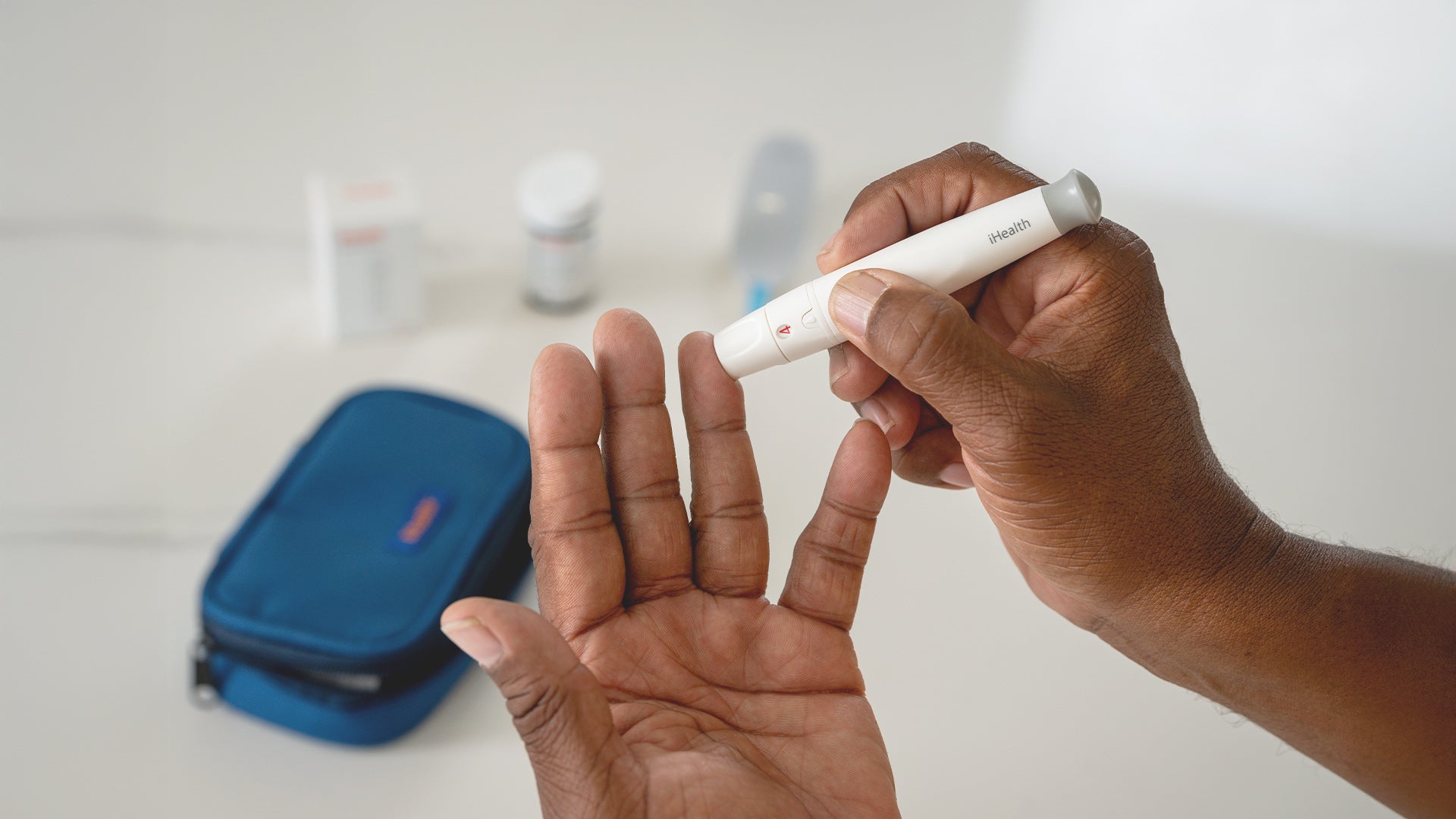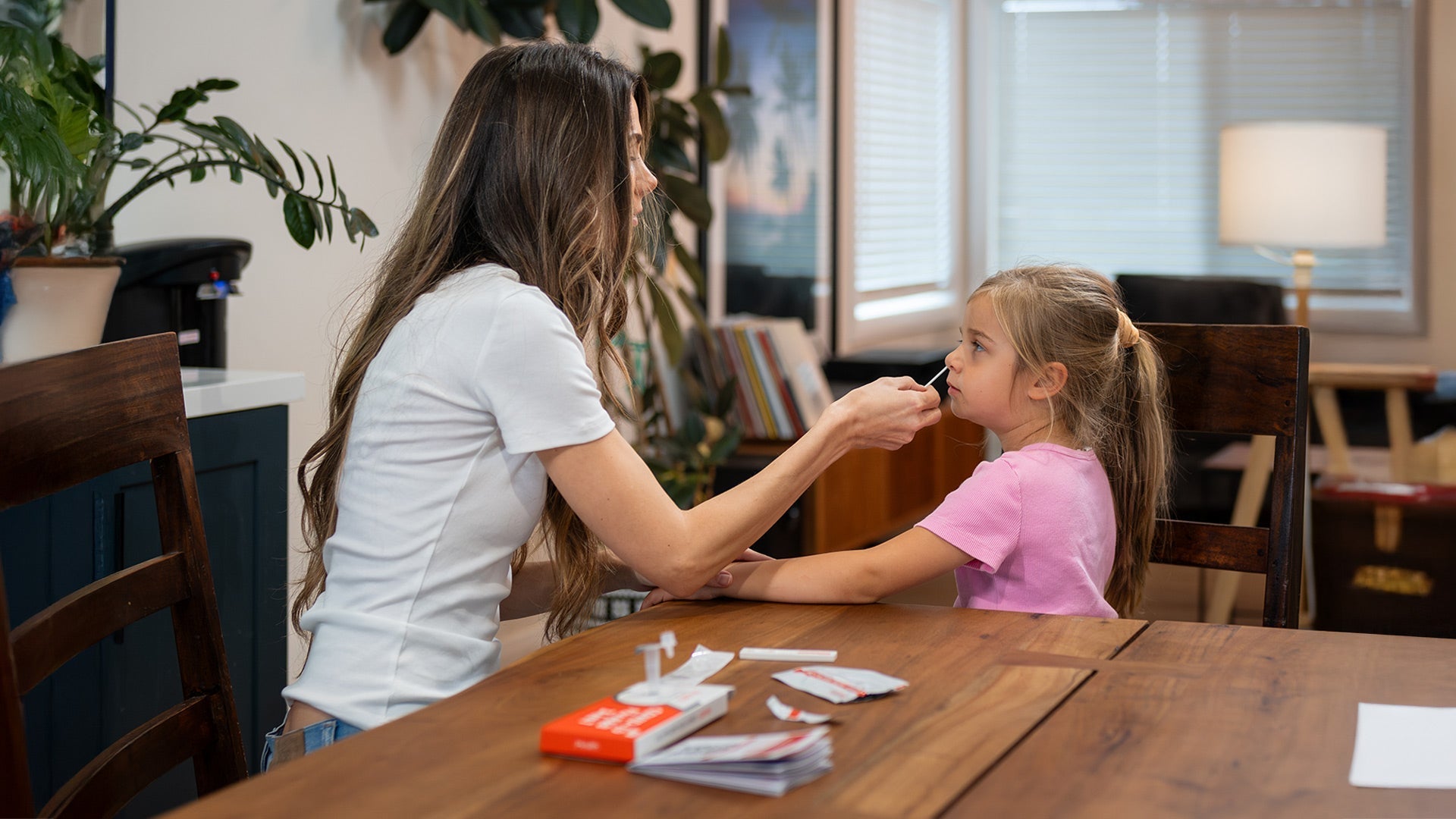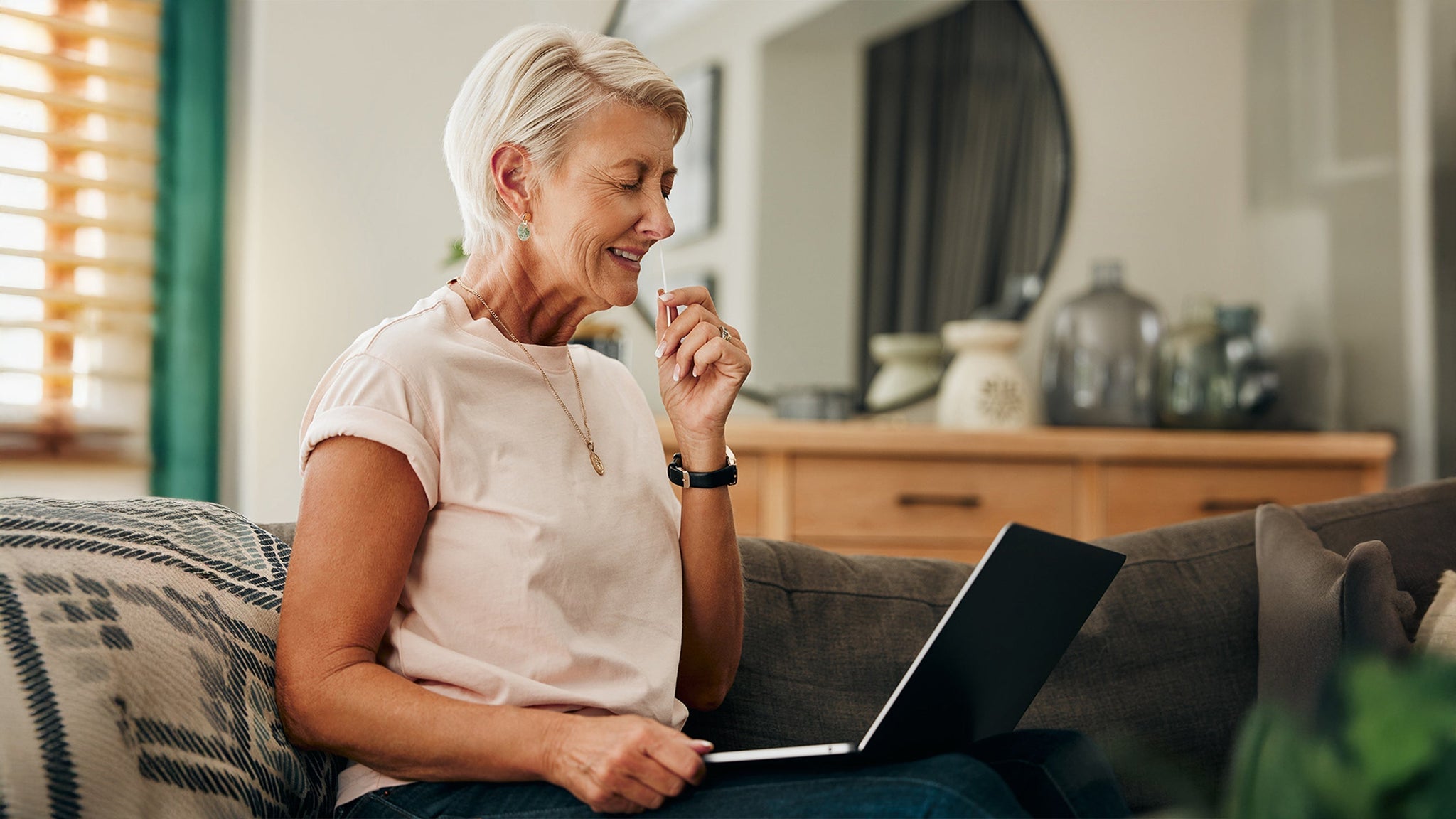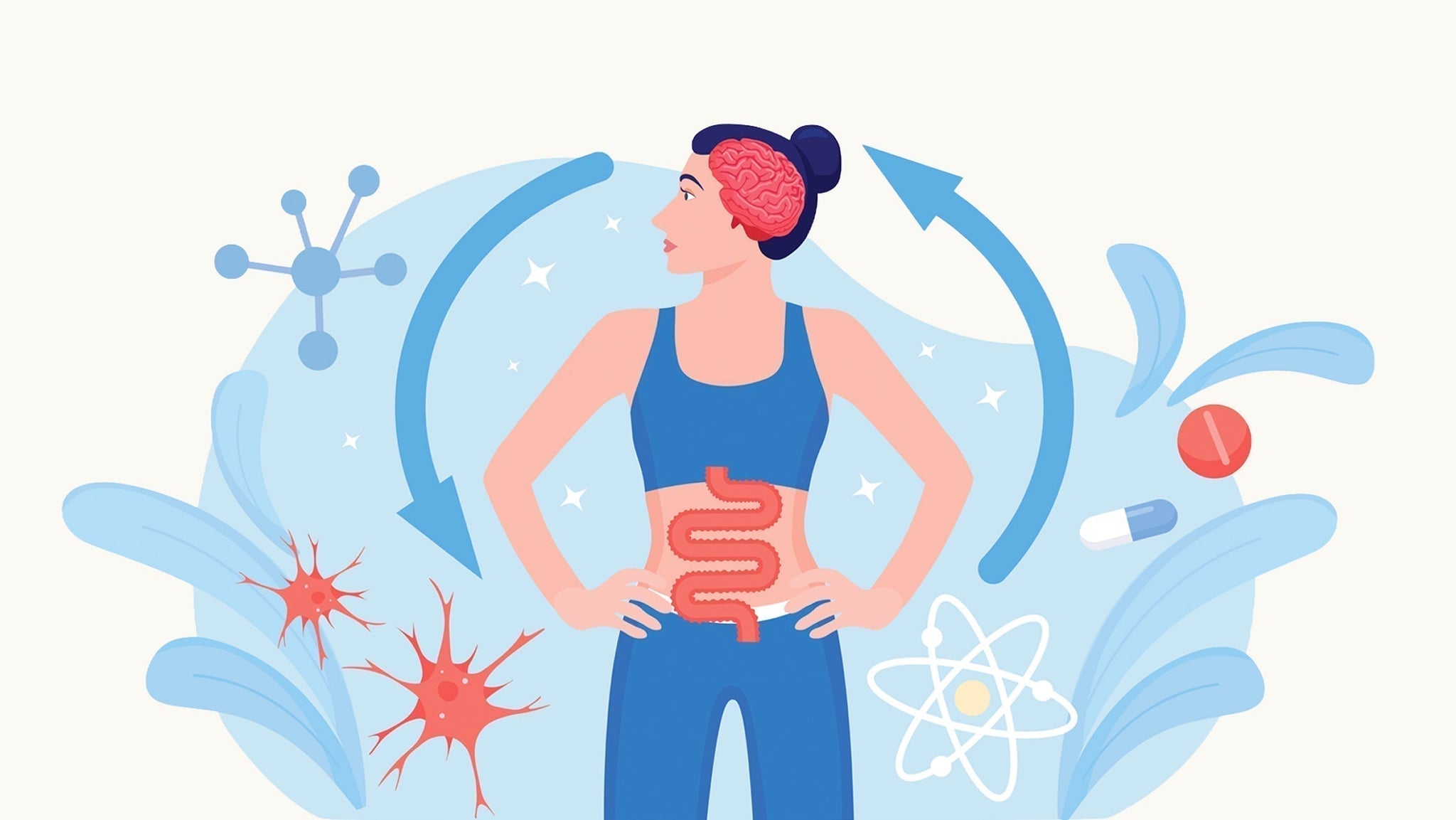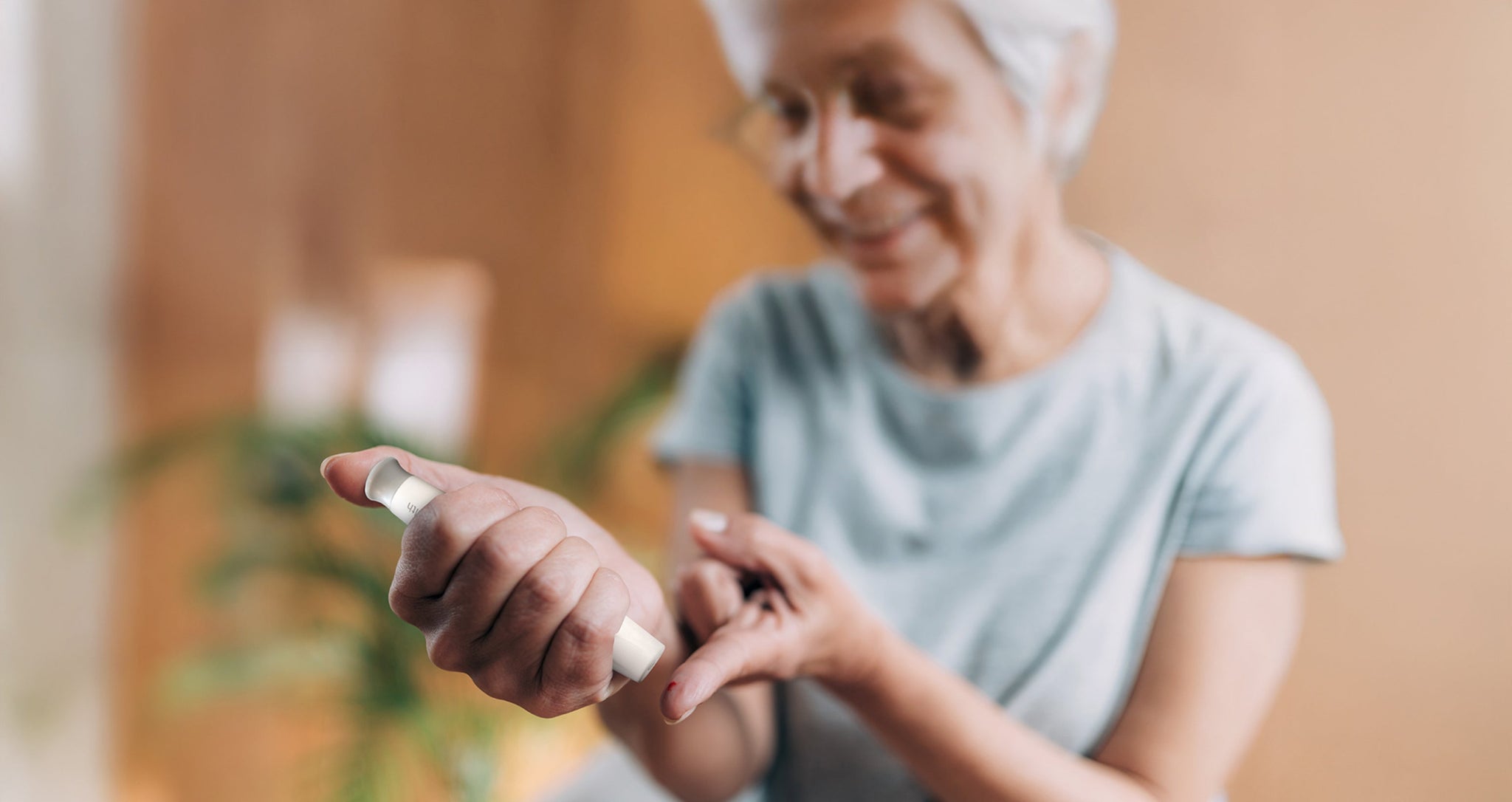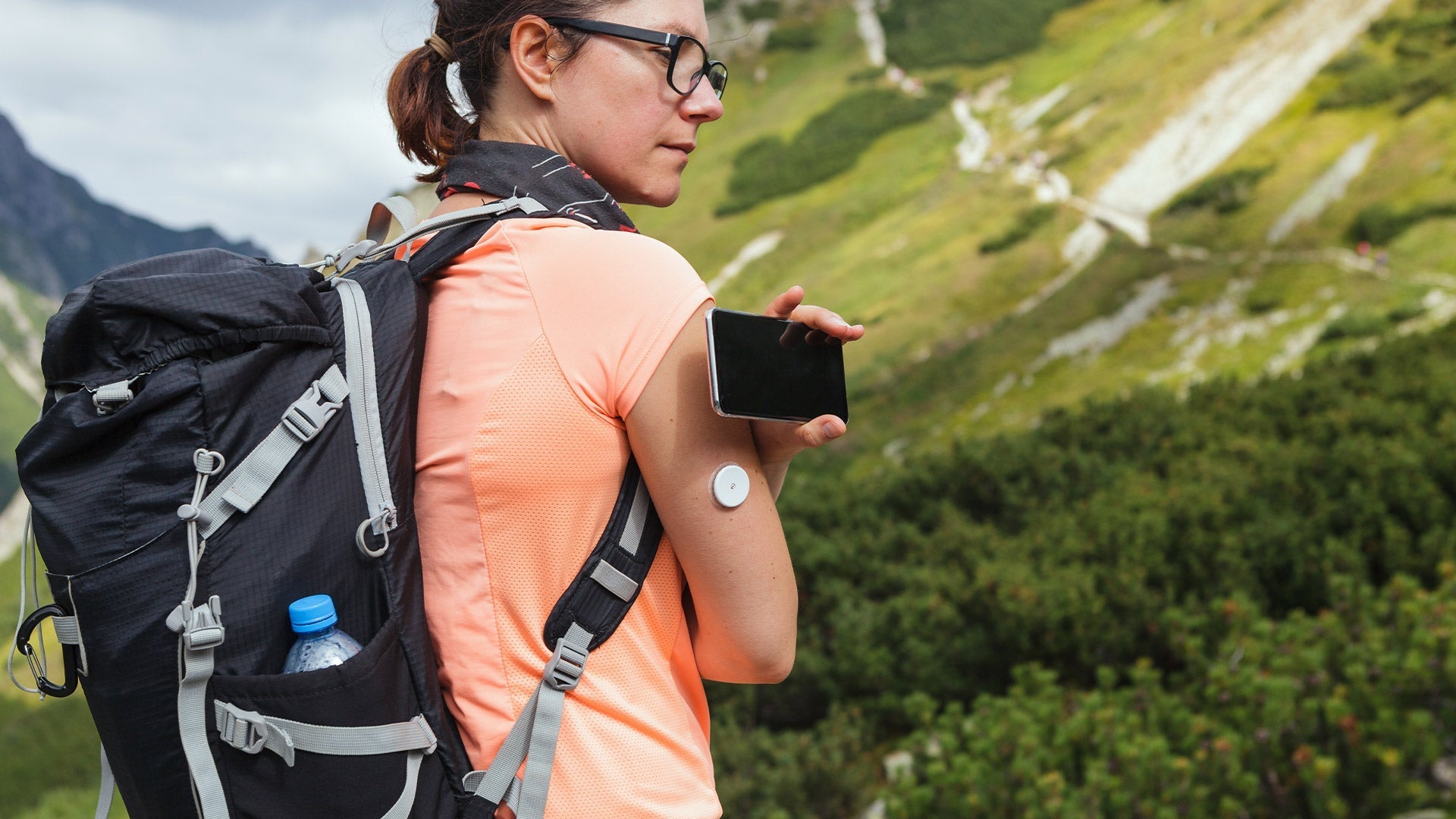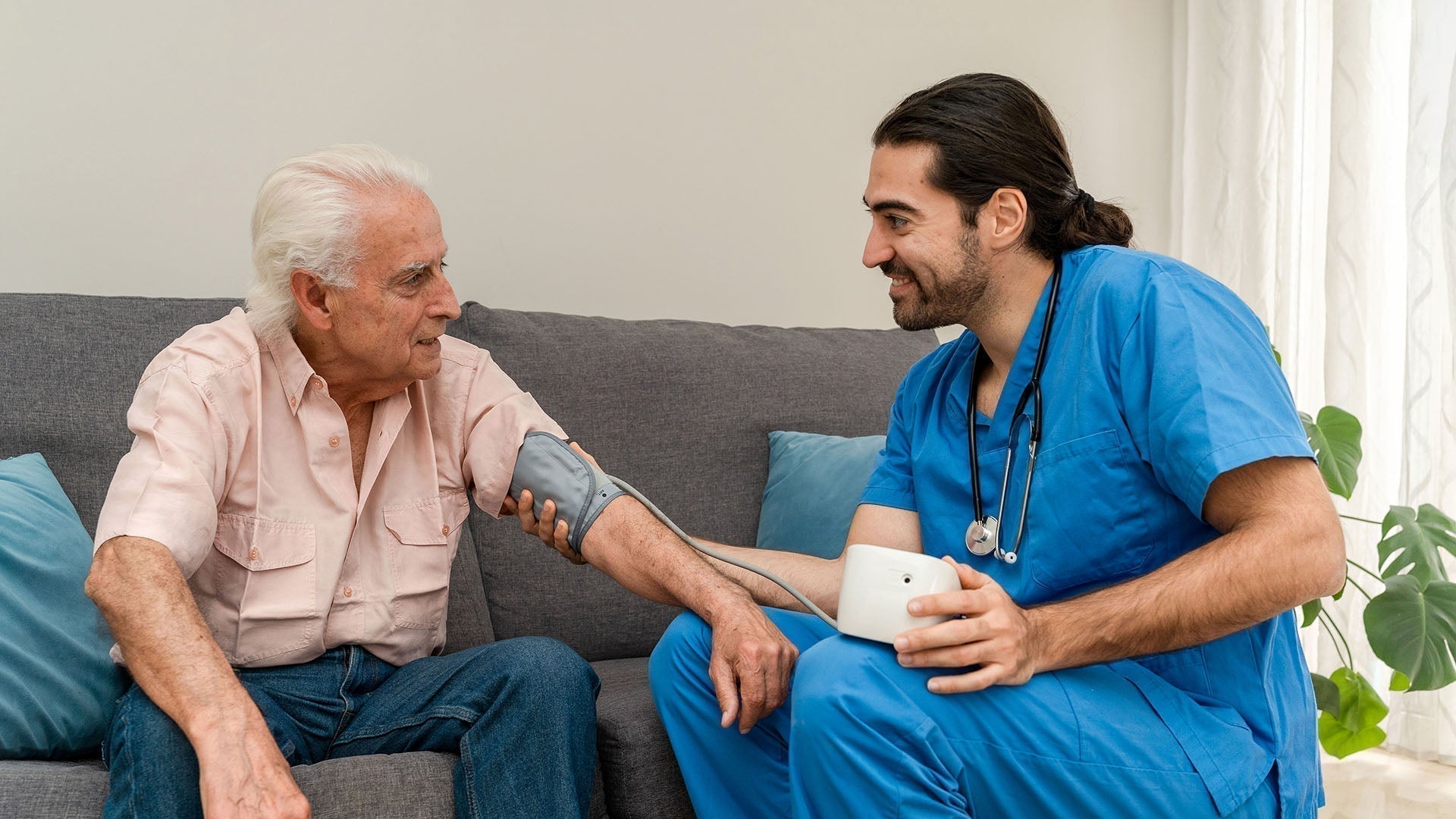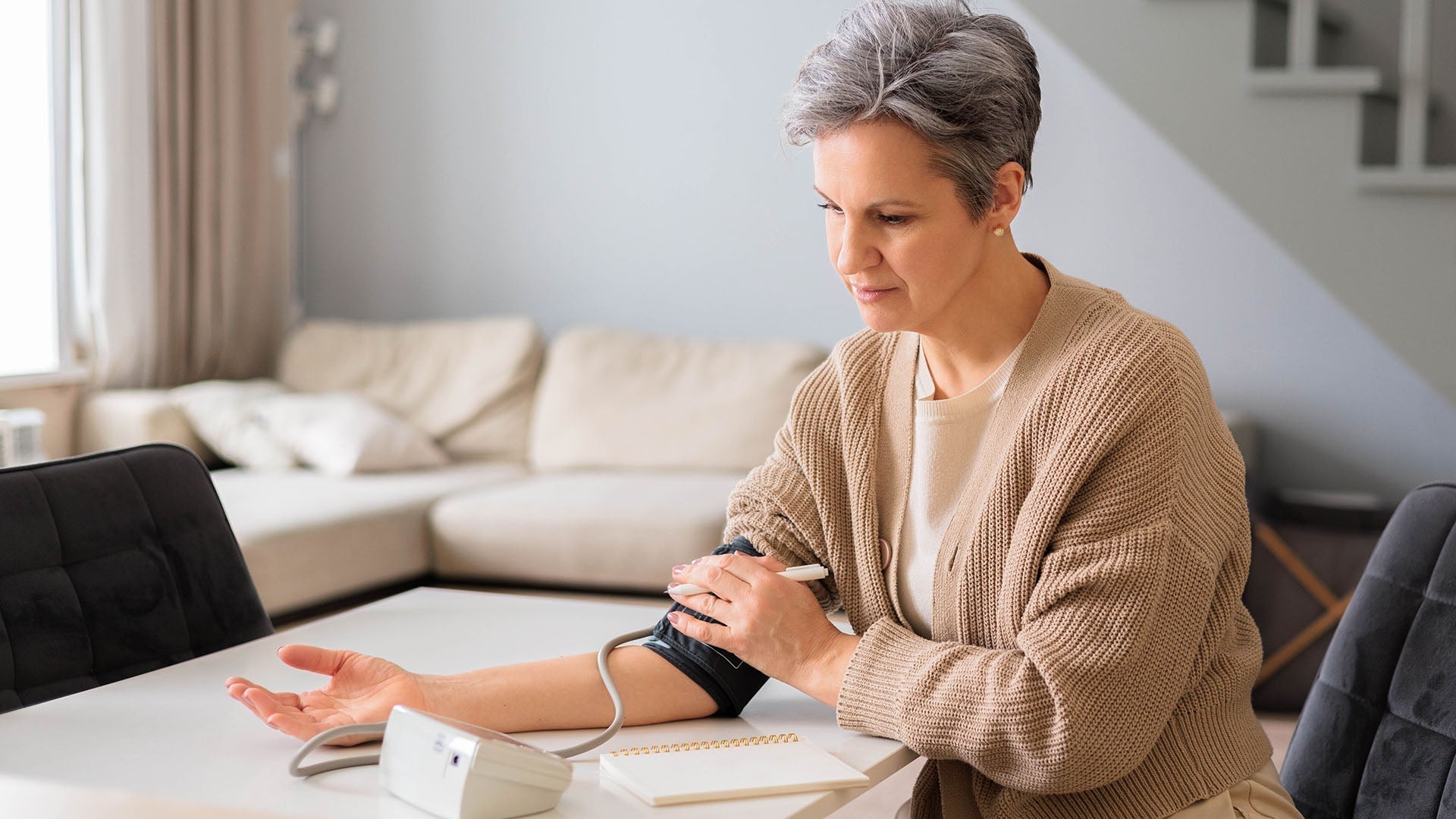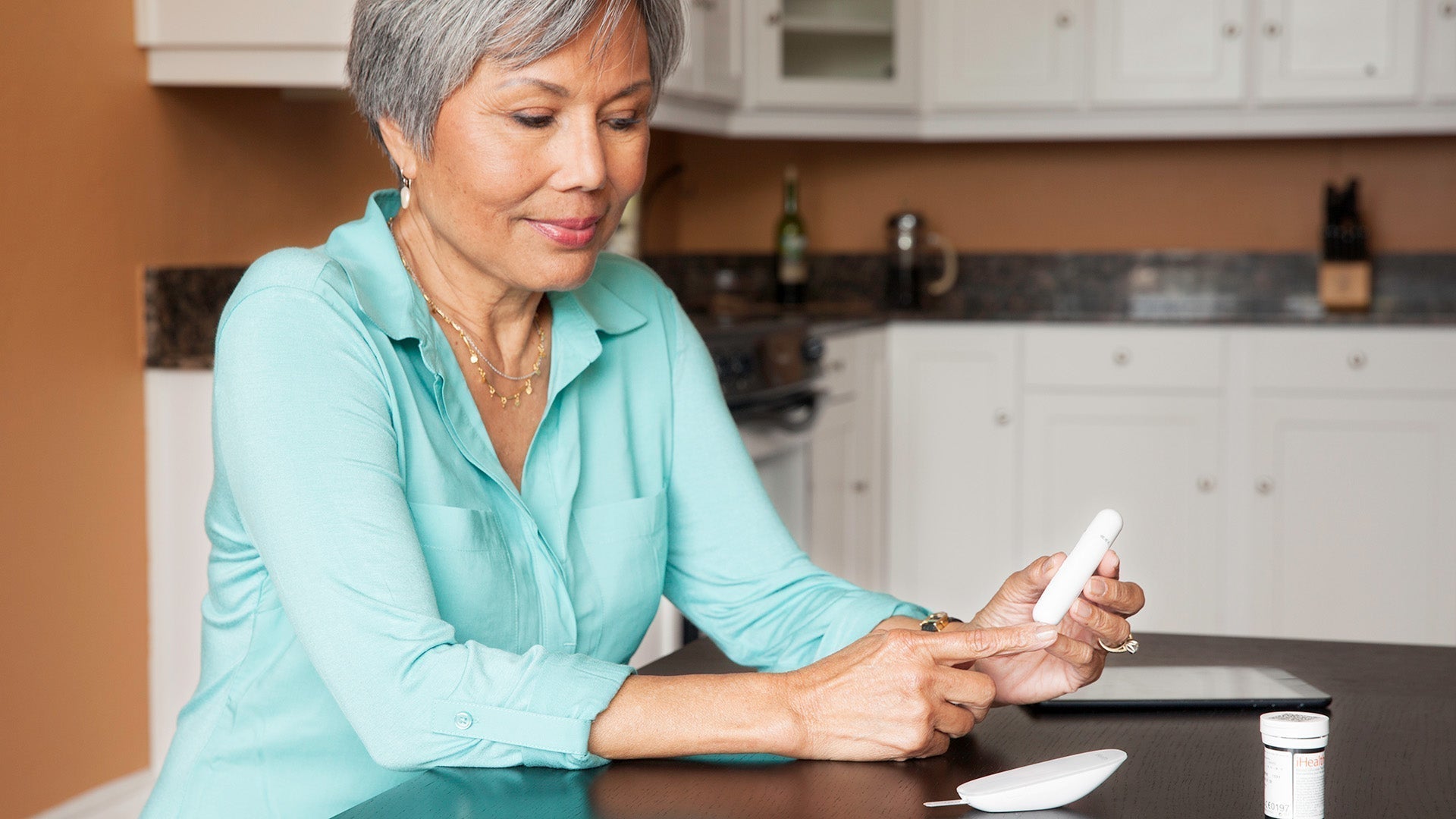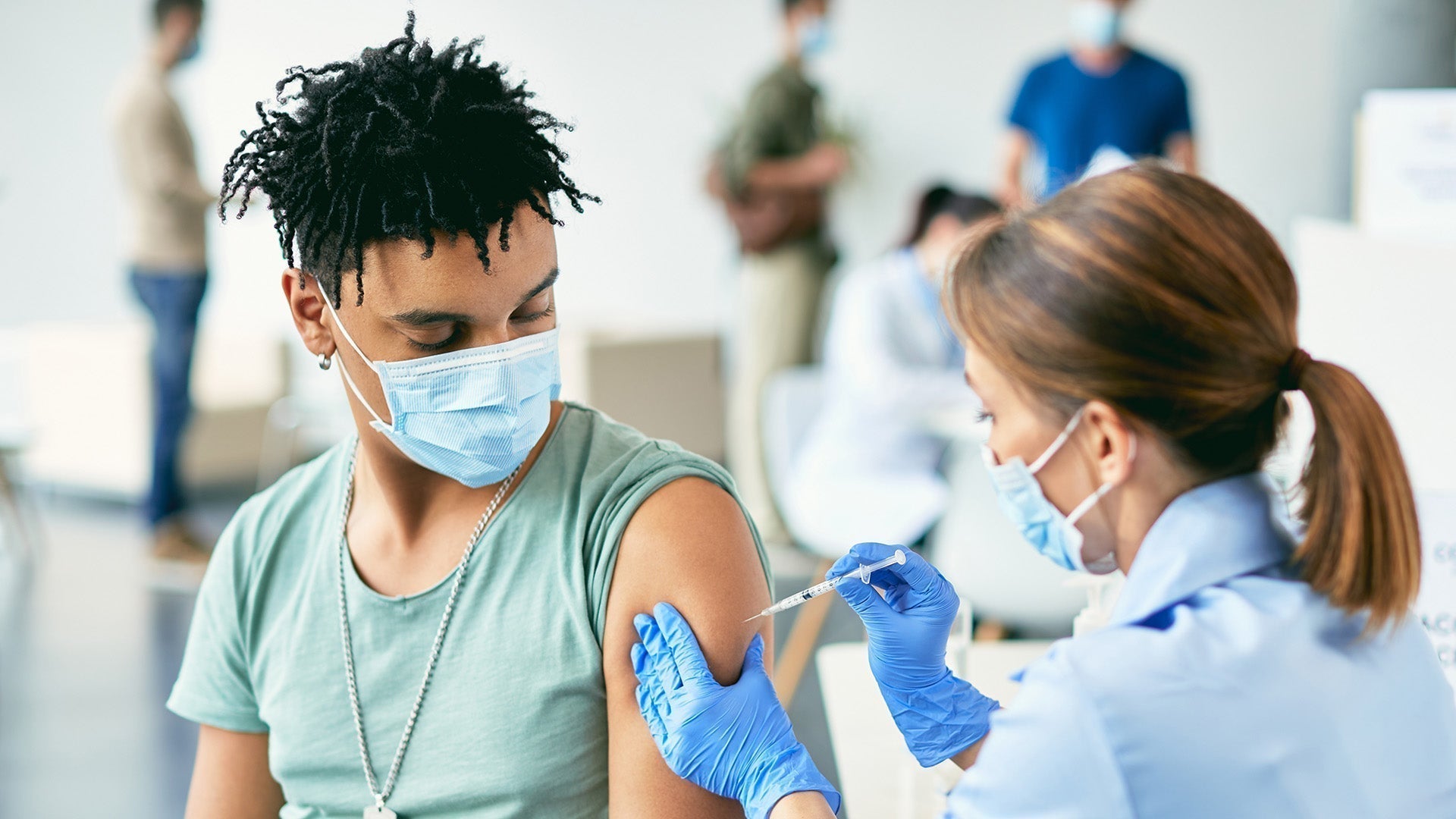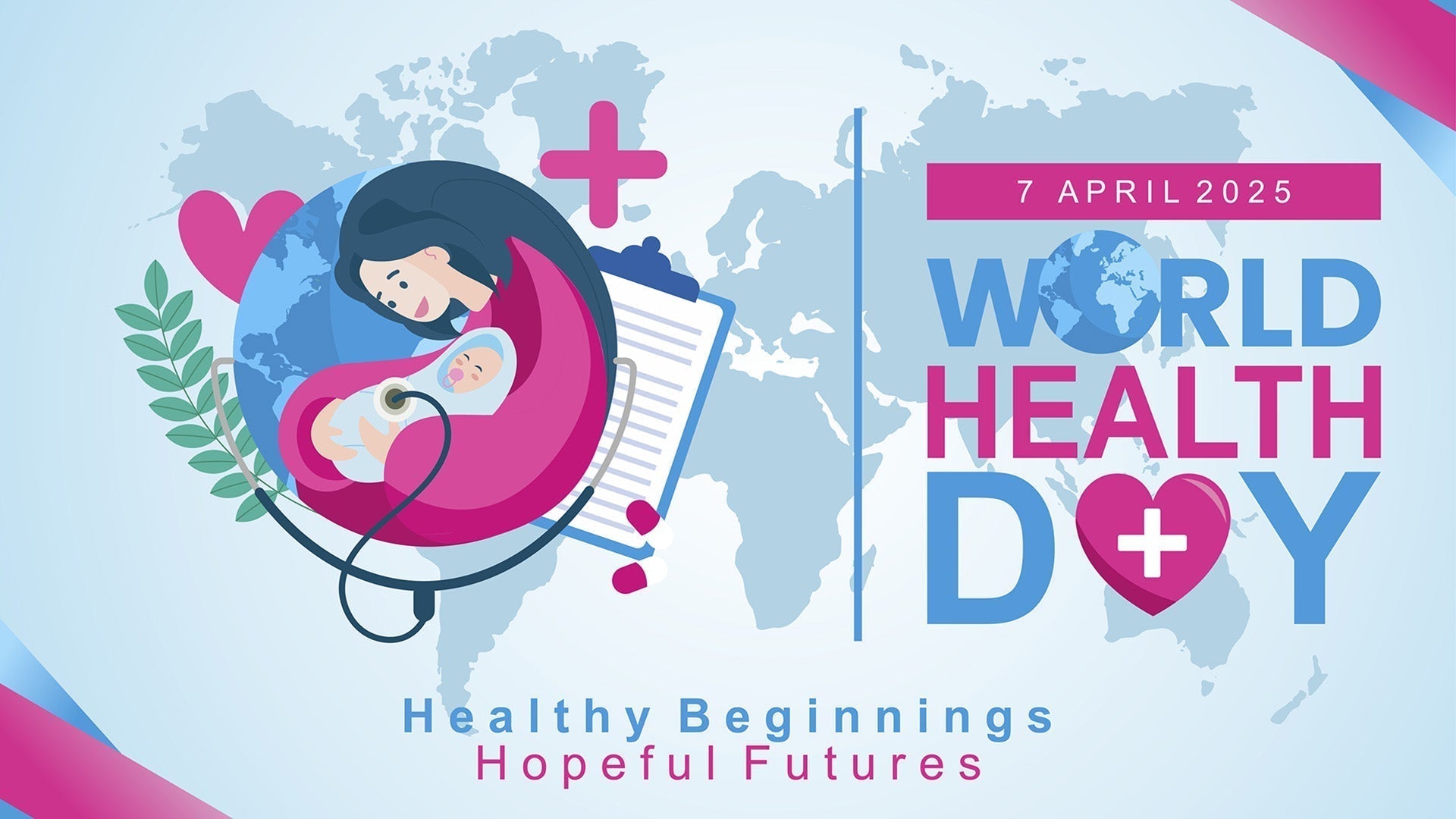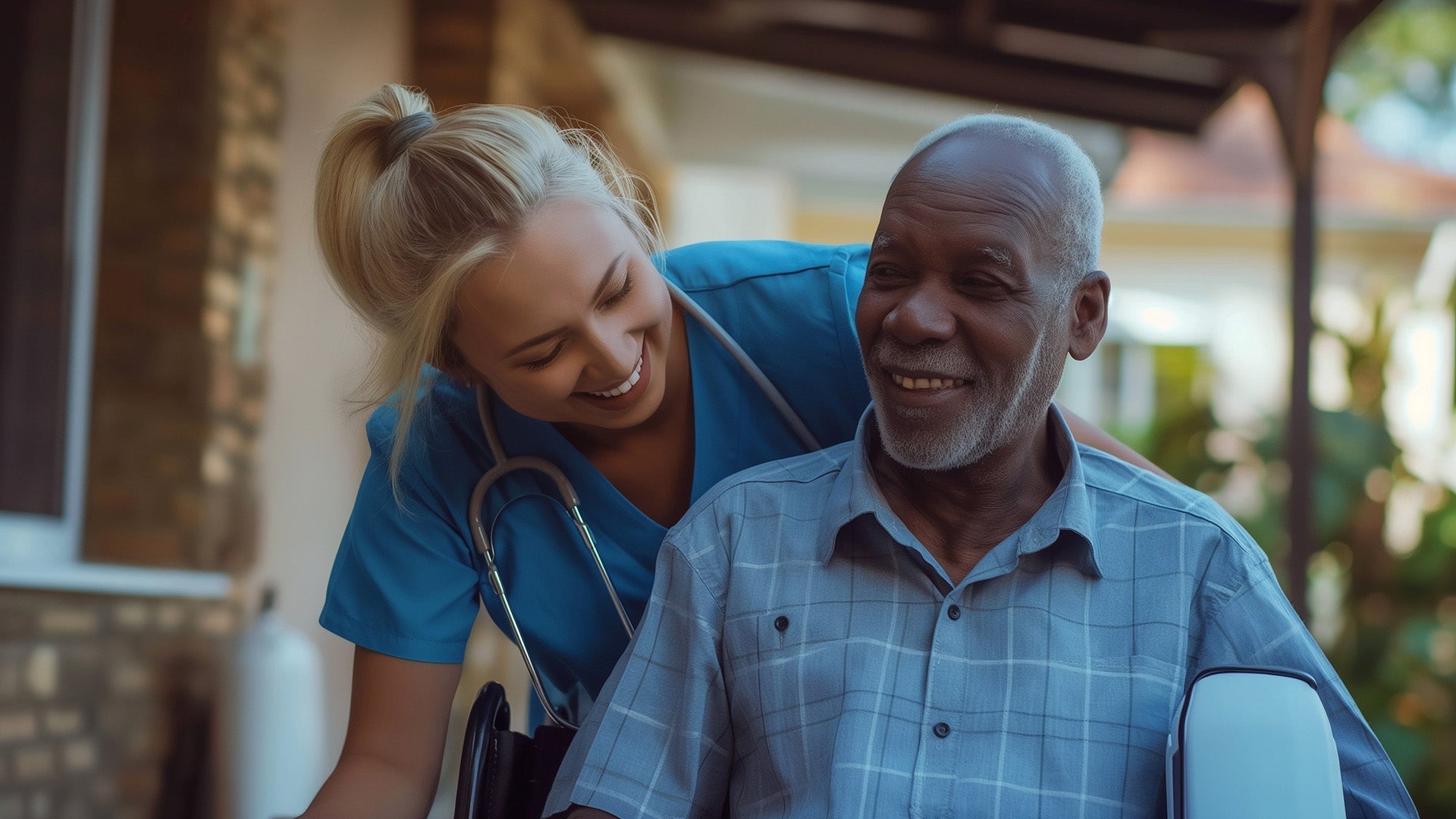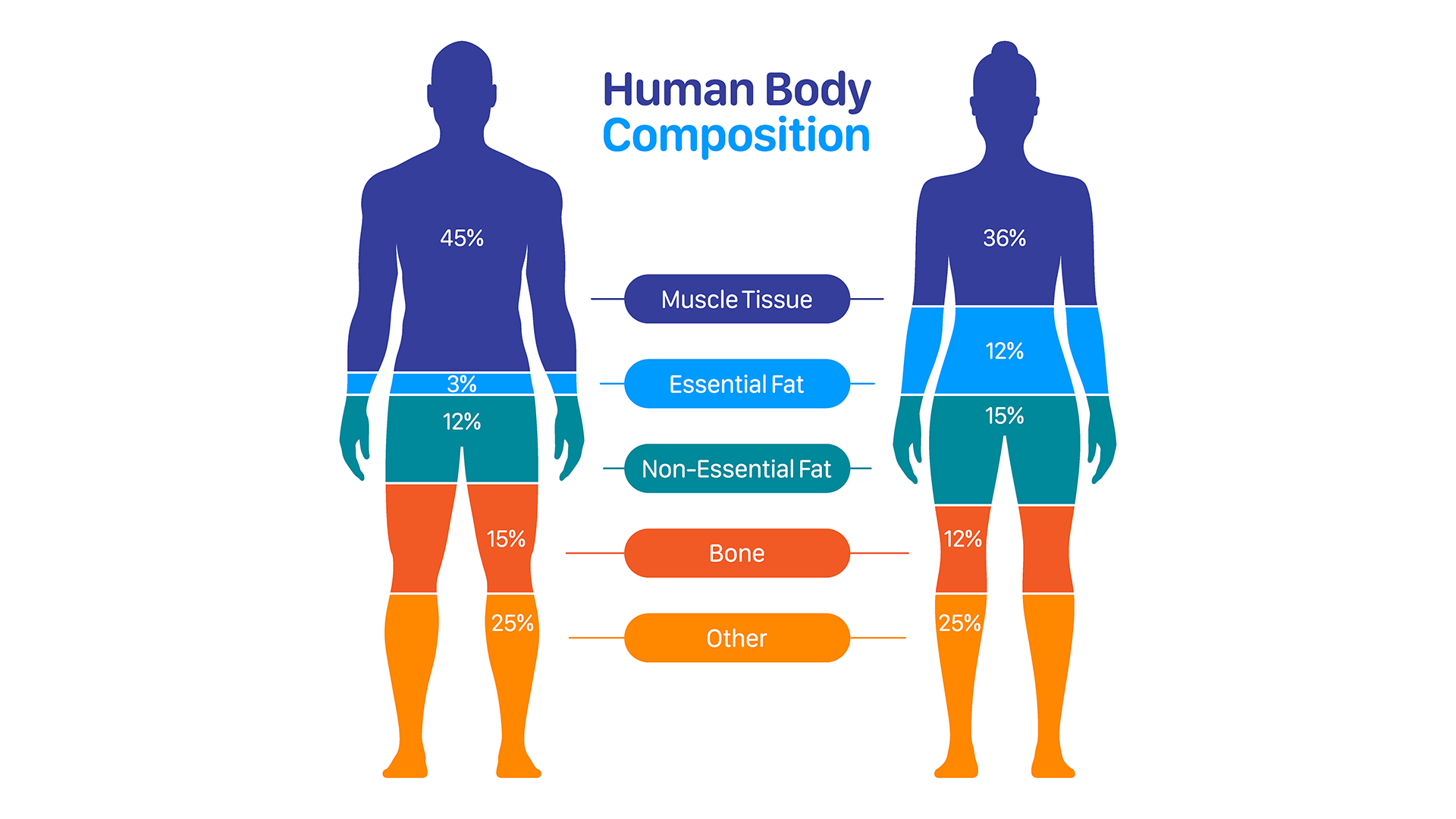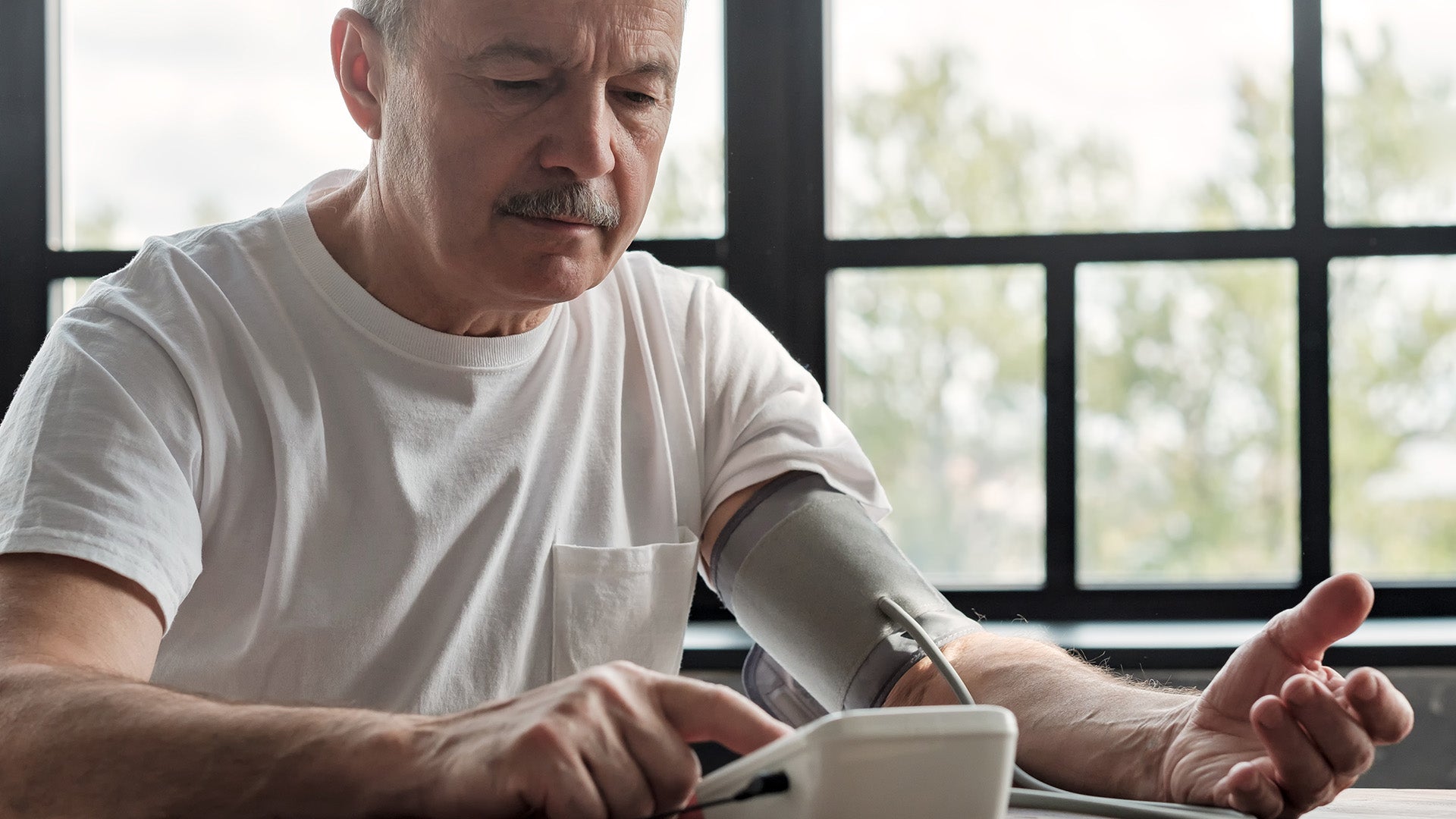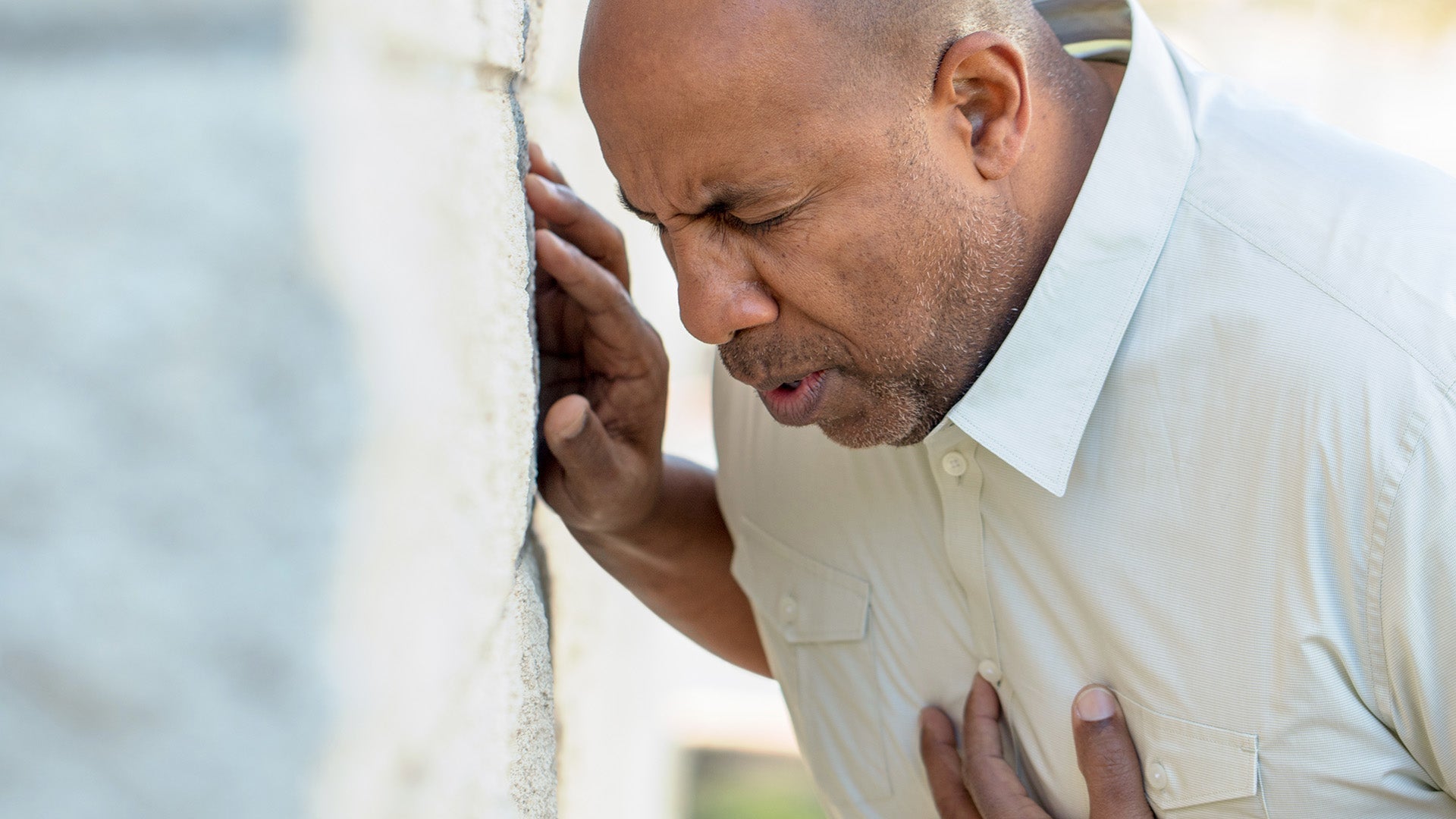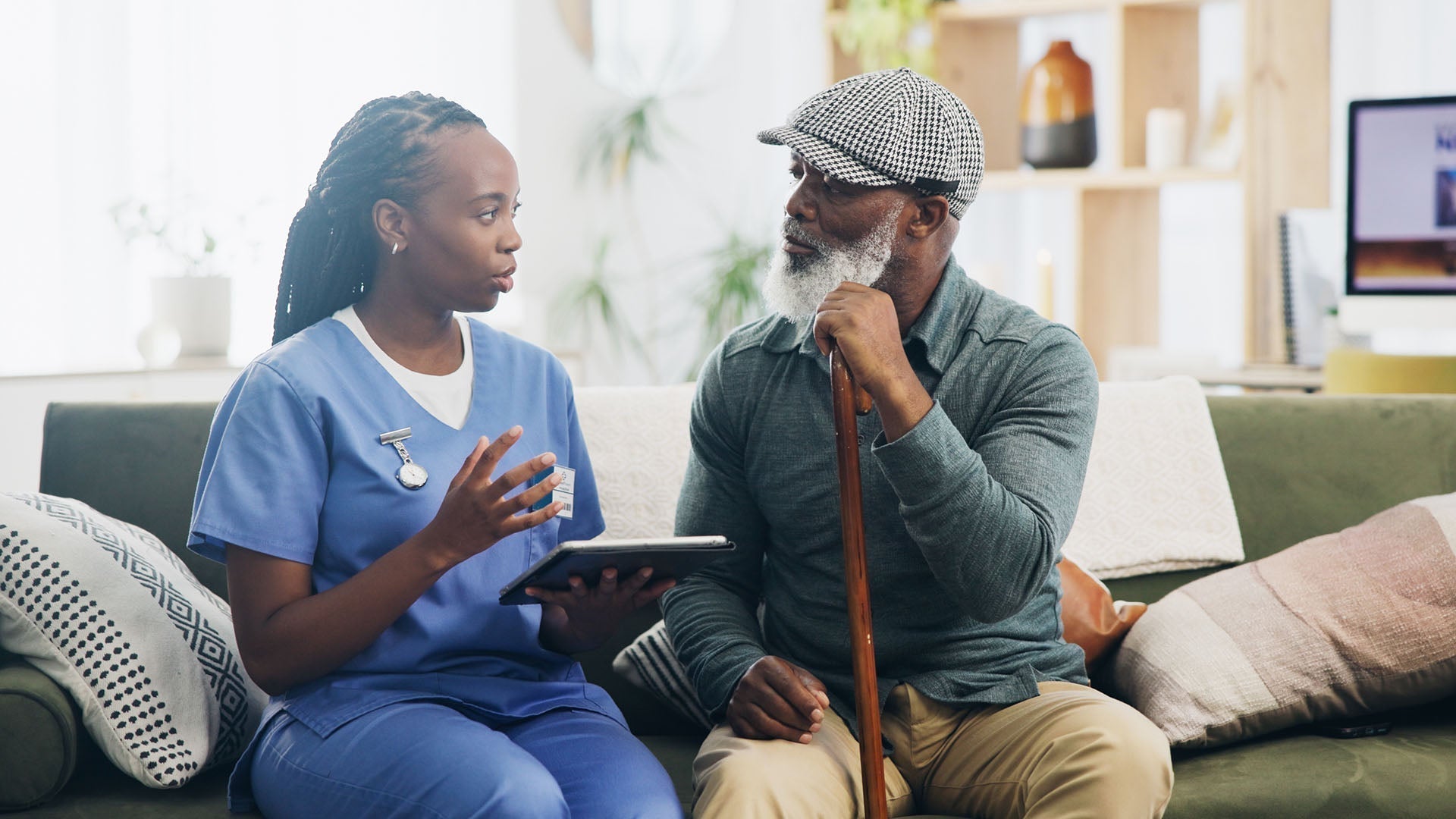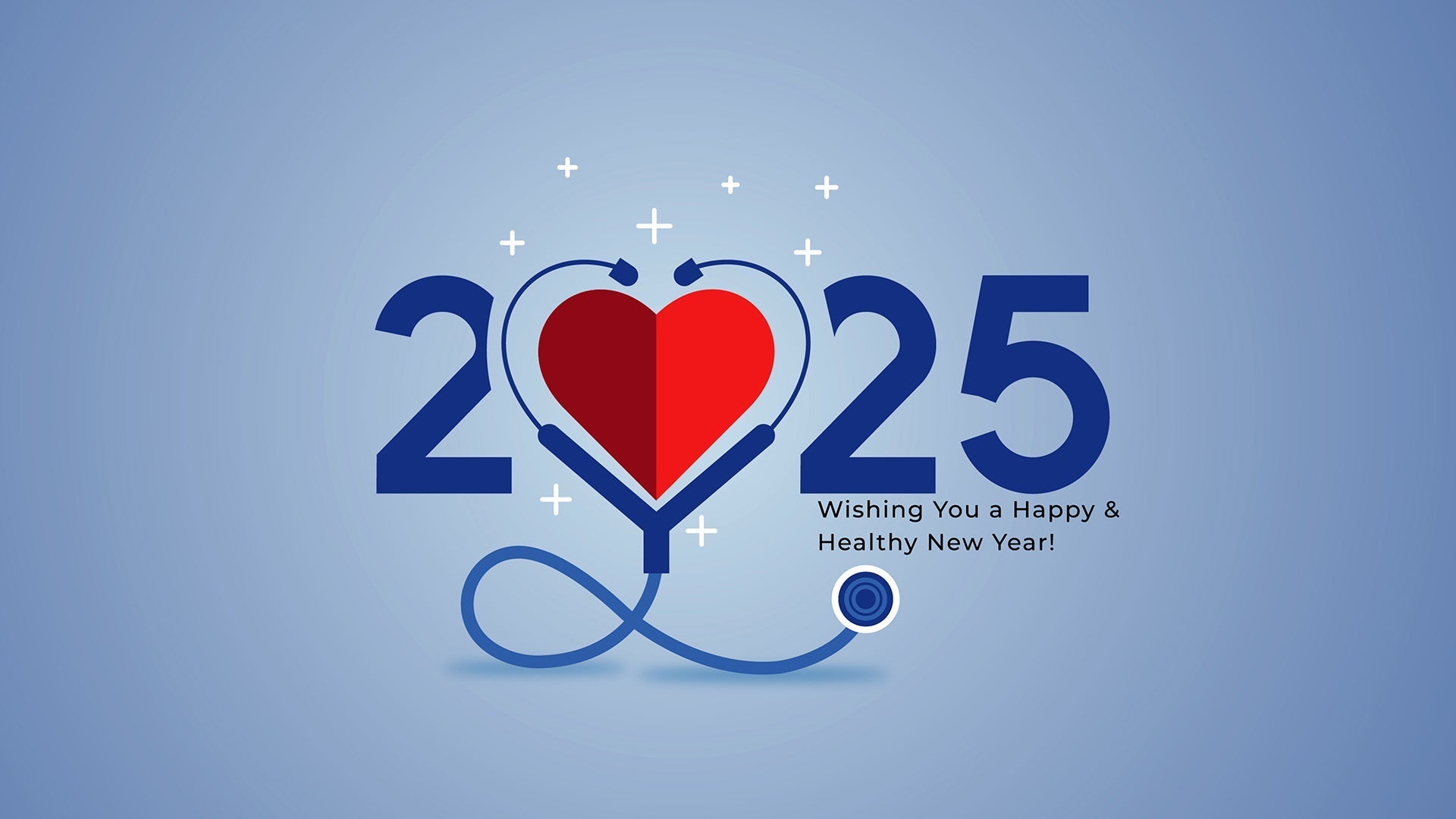Learn Your Way
to A Healthier Life

For over a decade, iHealth Labs has helped shape the future of healthcare, introducing digital health devices that empower patients to take control of their well-being. From wireless blood pressure monitors and intuitive glucometers to smart body-composition scales, our devices help individuals lead healthier lives. These devices are also featured in our Unified Care services—a chronic care management program used by more than 100 healthcare clinics and facilities across the US—bringing our vision of proactive, personalized healthcare to life.
Unified Care supports thousands of chronic disease patients with an integration of health service providers, at-home remote monitoring and daily lifestyle coaching via the connected iHealth devices and a mobile app—bridging the gap between clinic and home to improve patient outcomes.
Improved HbA1c Control
A study published in the American Diabetes Association* (ADA) saw Unified Care patients achieving significant reductions in their HbA1c levels. Understanding HbA1c is key to managing diabetes effectively. This simple blood test reflects your average blood sugar over the last two to three months. A healthy range is below 5.7%, while levels between 5.7% and 6.4% indicate prediabetes and 6.5% or higher point to diabetes.
Among the patients in the ADA study who already had diabetes and were using the Unified Care program for 3-6 months, 75% of those with poorly controlled HbA1c levels (9.0% or higher), experienced a reduction in HbA1c. The number of patients improving to good control increased by 31%. For most adults with diabetes, good HbA1c control is typically defined as an HbA1c level below 7%. This means their average blood sugar levels over the past 2-3 months have been relatively well-controlled. Individualized HbA1c goals may vary based on age, other health conditions and other factors.
Real Patient, Real Results
The aforementioned data represents real people experiencing transformative health improvements that enhanced their quality of life.
An inspiring example is Jeff, a 56-year-old patient with Type 2 diabetes who enrolled in the Unified Care program at the end of January 2024. His blood glucose level was 312 mg/dL (which is considered dangerously high—a normal post-meal level is less than 140 mg/dL) and his HbA1c level was 10.5%. Jeff was showing mild symptoms of diabetic neuropathy and was reluctant to take diabetes medication after experiencing an adverse reaction to Metformin.
Unified Care’s healthcare delivery model for Jeff provided:
- iHealth blood glucose monitoring devices and a weight scale to measure vitals at home
- An iHealth Registered Dietitian and Certified Diabetes Care and Education Specialist, who presented him a comprehensive education
- Regular monitoring of blood glucose by the care team
- Encouragement by care team to take a new diabetes medication he could handle
- Ongoing feedback, support and education to improve his diet, including reducing carbohydrate intake
After working with the Unified Care team for six months, Jeff’s results were impressive**:
- His blood glucose improved from 312 mg/dL post-breakfast on February 2, 2024 to 149 mg/dL post-breakfast on June 8, 2024—a significant positive change, indicating better blood sugar control
- HbA1c decreased dramatically from 10.5% on January 24, 2024 to 7.2% on July 24, 2024—a 3.3 point reduction
- He lost 12 pounds and experienced less foot pain and numbness
- His medication compliance increased

How Remote Monitoring Enhances Patient Care
Increased Engagement
Remote monitoring encourages daily involvement in one's health. With the help of the iHealth Unified Care team and a glucometer, Jeff was able to track his health progress in real time.
Early Intervention
When the care teams receive real-time sugar level updates via the iHealth devices, they are able to identify concerning trends before they escalate. This proactive approach can prevent complications and reduce hospital visits, which is especially critical for patients managing chronic conditions like hypertension and diabetes.
Better Communication
Remote monitoring also creates a feedback loop between patients and providers. Instead of waiting for the next scheduled appointment, the care teams can check in more frequently with patients, adjust their treatment plans and offer encouragement based on real-time health data from the connected devices. This overall ongoing dialogue for remote monitoring deepens the provider-patient relationship and helps patients feel supported throughout their health journey.
At iHealth Labs and Unified Care, we understand that meaningful health transformation starts with personalized support based on real-time data. Jeff was able to decrease his HbA1c levels through steady glucose monitoring and the support of a dietitian and diabetes specialist. He improved his numbers, lost weight and adhered to his new medication. These journeys reflect our commitment to pairing cutting-edge technology with compassionate and responsive care.
* ADA study was conducted by iHealth Unified Care team.
** iHealth doesn't guarantee similar outcomes for other patients and his story may not be representative of all Unified Care patients.
References
- American Diabetes Association - Improved Glycemic Control from a Remote Patient Monitoring Program across Primary Care Practices Integrating Home Monitoring, Mobile Health, Nutrition/Lifestyle Coaching, and Telemedicine For Diabetes Management
- WebMD - Hemoglobin: A1C Test, Range, and Normal Levels
- Biomarker Insights - Significance of HbA1c Test in Diagnosis and Prognosis of Diabetic Patients
- Healthline - How to Reduce Blood Sugar Immediately
Sign Up For More From iHealth
Receive the Latest News and Special Offers


